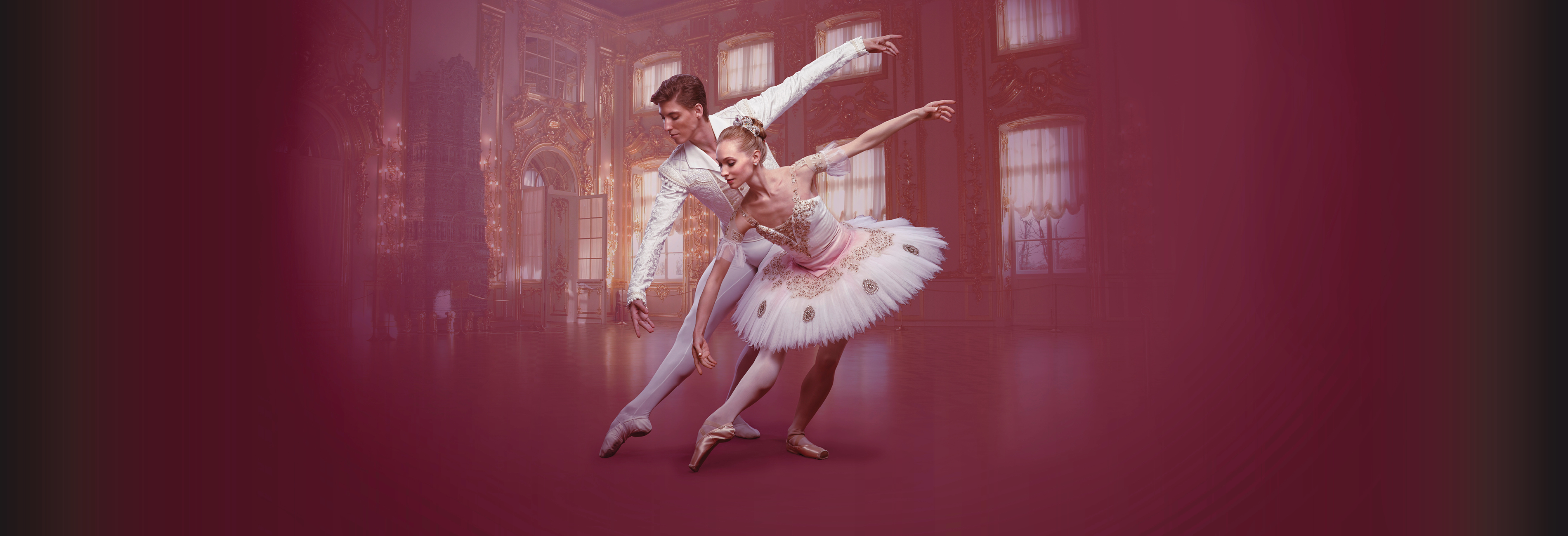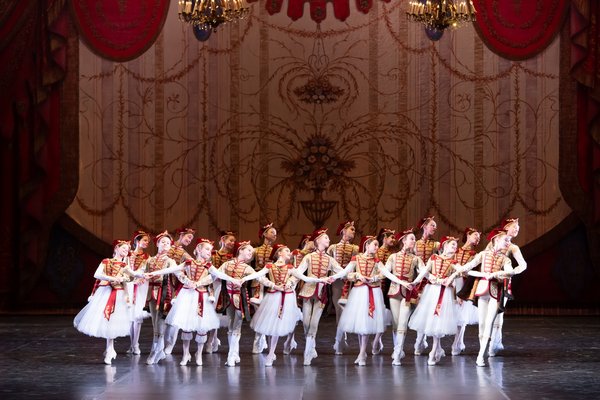
CLASSICAL BRAVURA
21 April 2024, 7 p.m.
In Brief
Four one-act ballet in three parts
Paquita-szvit, Petite Mort, Hat tánc, Etűdök
The Hungarian National Ballet invites you to its perhaps most elegant quadruple bill at the magnificent auditorium of the Budapest Opera House. Accompanied by a symphony orchestra, the one-act choreographies based on classical technique are true gems of the genre. The virtuoso solos, duets and ensembles of Paquita Suite provide perfect opportunity for the dancers to showcase their talents, the works by internationally renowned Jiří Kylián set to the music of Mozart present two sides of ballet, whereas Études allows viewers to glimpse into the hard work that leads to the stage.
Details
- Location
- Hungarian State Opera
- Date
- April 21, 2024
- Start time
- 7 p.m.
- End time
- 10 p.m.
